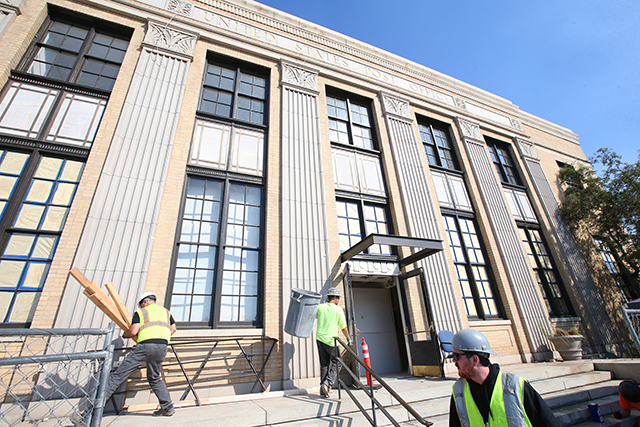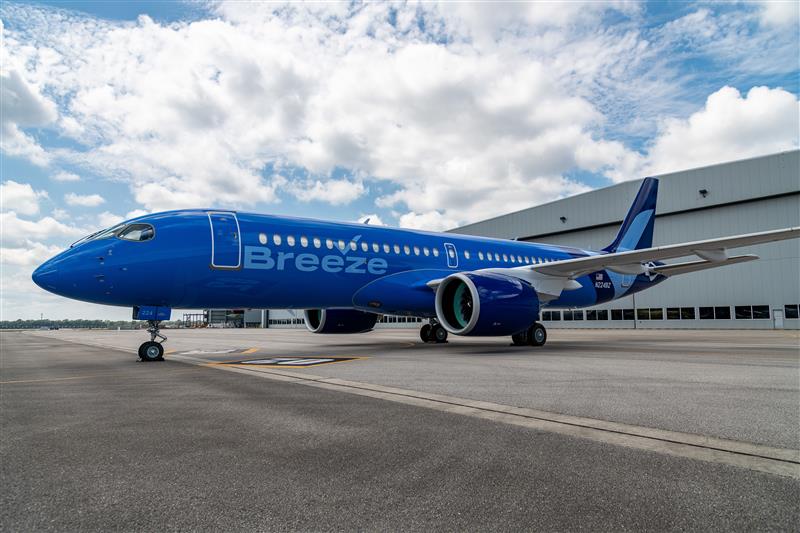‘Back together again,’ Tiger among favorites
Published 12:00 am Thursday, April 5, 2018
AUGUSTA, Ga.— Bryson DeChambeau, a rising star on the PGA Tour, never imagined he would withdraw from a tournament just to avoid pain.
DeChambeau, 24, grew up admiring Tiger Woods, who had brought a football mentality to the sport of golf, his toughness immortalized by his victory at the 2008 U.S. Open despite a left leg in need of surgery.
Trending
But after DeChambeau winced through the first round of last month’s Valspar Championship, he was not thinking of the Tiger Woods he had always wanted to become. Instead DeChambeau remembered what Woods had said during a practice round they had played together at Torrey Pines in January, nine months after Woods’ fourth lower-back operation since April 2014. He thought about Woods’ frank accounts of the pain he had endured, how it had kept him from the game he loves and had compromised his quality of life with his two children.
After consulting with his caddie and coach, DeChambeau pulled out of the tournament and did not touch a club for the next three days. “The first time I’ve done that in my entire life,” he said.
Once again — though in a most unexpected way — Woods had served as a model for the next generation of golfers.
Now, after a two-year absence, Woods is back at the Masters as one of the early favorites after top-five finishes at his last two tournaments — his best showings since 2013.
It was here at Augusta National that Woods became the sport’s transformative figure at 21, half his lifetime ago. From that moment in 1997 when he slipped the winner’s green jacket over his willowy frame after a staggering 12-stroke victory, Woods was the high-performance engine that drove golf forward financially, demographically and, possibly to his eventual detriment, athletically.
This week, Woods acknowledged his history of coming back too soon from surgeries.
Trending
“Oh, yeah, definitely,” said Woods, who noted the pattern. He had knee surgery in December 2002 and won the first tournament he played less than two months later. He had his first back surgery in 2014 and played two competitive rounds less than two months later. He had two more back operations in fall 2015 and, 14 months after the second one, he returned for the event in the Bahamas that he hosts.
“We’re pushing the boundaries of our bodies and minds and, unfortunately, a lot of times we go over the edge and we break down,” Woods said. “But thank God there’s modern science to fix us and put us back together again.”
No one can know for sure whether Woods overdid his training, which began when he was 2 years old, but his vulnerability and medical odyssey over the past few years have made a case for restraint, for appreciating the longer potential career arc that differentiates golf from other professional sports like football.
After winning 79 tour titles in his first 18 years as a pro, Woods has not had a victory since August 2013. His last major championship title came in 2008. He has spent much of the past 31⁄2 years struggling to make the cut or recovering from surgery.
Woods is still lean, fit and powerful, as measurements of his club-head speed attest, yet the supple 21-year-old Masters champion has given way to a brittle 42-year-old locked in battle with an undefeated opponent: time. “Is anybody in here who is in their 40s ever going to feel like they did in their 20s?” Woods asked a roomful of reporters last fall, before he began what figures to be a proud champion’s last stand.
Woods’ decision last spring to have spinal fusion surgery, which he called “a last resort” after three less-complex operations, seems to have restored him, at least for the moment. “I got a second chance on life,” Woods said on his website last week. “I am a walking miracle.”
After everything Woods has put his body through, it is reasonable to wonder if, in retrospect, he wishes he had done anything differently. But regret is not in Woods’ repertoire.
“As an athlete, we’re always pushing ourselves,” he said. “The best ones push themselves beyond human limits. And that’s what separates them. They go through pain; they go through different things that most people are unwilling to do.”
On the final nine of the 2013 Barclays, Woods was stalking what could have been his sixth PGA Tour victory of the year when a week of back spasms caught up with him. After hitting a shot from the 13th fairway, he fell to his knees as if struck by lightning.
Woods did not withdraw. Somehow he kept going and even birdied two of his last three holes to finish one stroke behind the winner, Adam Scott. Still ailing, Woods completed 12 competitive rounds over the next four weeks.
It was a familiar script. He had always played through injuries, sometimes in defiance of medical advice. Two weeks before the 2008 U.S. Open, a doctor told Woods that the torn anterior cruciate ligament in his left knee required him to use crutches for a few weeks, stay off his feet for three more weeks and then begin physical therapy.
Woods limped and flinched throughout the tournament’s four rounds of regulation and the 19 playoff holes he needed to beat Rocco Mediate. Only then did he surrender to the pain, acknowledging that he needed surgery and would take off the rest of the season.
“You can’t question or judge or criticize,” Notah Begay III, a longtime friend and college teammate, said of Woods. “You just have to let things play themselves out because in most cases he usually ends up doing things that really surprise the world.”








